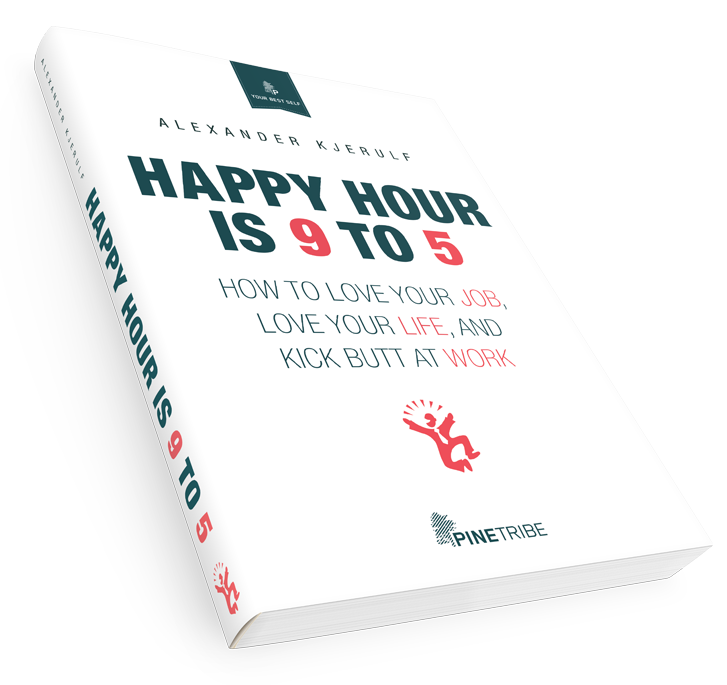The first time I heard of the goat problem, a deceptively simple exercise, I flat out refused to believe the solution. A friend and I had been just about to go to a bar, but that plan had to be cancelled in favour of spending 3 hours to prove it to me. See how well you do:
Imagine a TV game show where the winner chooses between 3 doors. Between one door is a car, between each of the other two doors there’s a goat.
The contestant chooses one door, and the host then opens another door behind which there is a goat. This is always possible since there are two goats and one car.
The host will now give the contestant the option of sticking with the door she has already chosen or switching to the one door still unopened. What should the contestant do? There are of course three possible answers:
1: The contestant should stick to the first choice
2: The contestant should switch
3: It doesn’t matter
What do you think? The answer can be found here and it WILL surprise you. I LOVE it when things get counter-intuitive.
A warning though: Bringing this riddle up may cause aggravation. I have seen people flat out refuse to acknowledge the solution and get very frustrated in the process.
UPDATE: Tveskov pointed me to this online version of let’s make a deal, which let’s you try out the game for yourself and keeps track of the stats for you. From the site:
Despite a very clear explanation of this paradox, most students have a difficulty understanding the problem. It is very difficult to conquer the strong intuition which most students have in this case. As a challenge to students who don’t believe the explanation, an instructor may ask the students to actually play the game a number of times by switching and by not switching and to keep track of the relative frequency of wins with each strategy.
The goats have been replaced by donkeys, but don’t let that confuse you.



Leave a Reply